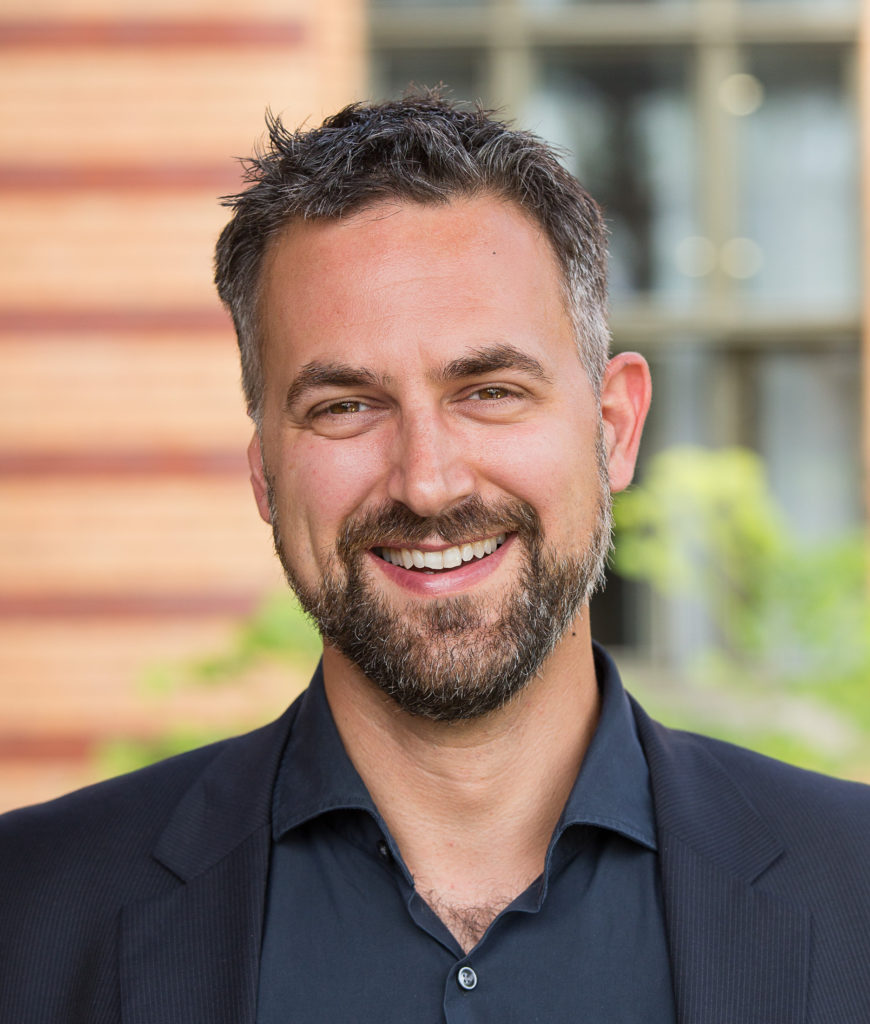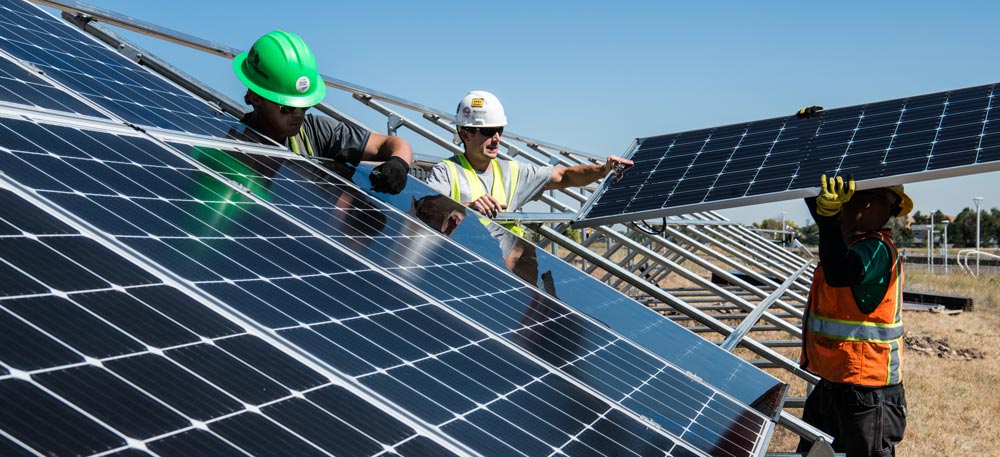In a globalised world, manufacturing value chains stretch across continents. How might shockwaves caused by climate change in other world regions reverberate through supply chains and put the EU’s industrial economy at risk? Anders Levermann of the Potsdam Institute for Climate Impact Research shares insights from the RECEIPT team’s analysis of what a warming planet means for Europe’s manufacturing sector.

You are leading RECEIPT’s research on remote climate risk in manufacturing – what aspects are your team focusing on particularly?
We are looking at how climate change events affect production processes for goods from all around the world – from Asia, the US and Africa – and how these disruptions can have a ripple effect along the supply route to Europe. Which precise sub-sectors of manufacturing are most impacted is still to be determined, but we have started with 25 different sectors – ranging from textiles, pharmaceutical products to electronic goods. Our team spans climate scientists and economists from our own institute and Vrije Universiteit Amsterdam, economists from Centre for International Climate Research CICERO and social scientists from the CASE Centre for Social and Economic Research, each bringing their own expertise to the analysis.
As someone with a long track record in climate change research, what do you see as the biggest innovation RECEIPT brings to the area?
Traditionally, since climate models are not designed to compute the weather, they work with averages across weather patterns. This means we are not able to do weather forecasts 150 years in advance, but we can make predictions about what the climate will look like over the next 150 years. The unique idea in RECEIPT is that through the concept of storylines, we can take an extreme weather event that occurred in the past and ask how that exact chain of events would have looked like in a warmer climate.
This is because certain factors are so deeply rooted in physics that they can be predicted even without knowing the exact weather conditions of the future. For example, a warmer atmosphere will hold more water vapor, meaning a warmer world will have a warmer sea surface temperature in the tropics where hurricanes and typhoons evolve. That means a tropical cyclone will hold more water and have more power behind it as it develops. On this basis we can calculate – with some degree of uncertainty, obviously – how strong a typhoon would have been had it taken the same path but in a warmer world. Transposing a Hurricane Katrina or a Typhoon Haiyan into a future that is two degrees warmer, we can show how much greater the impact at sectoral level would be.

Zooming in on the manufacturing sector then, how do you identify which industries would be most vulnerable to these climate extremes?
Our data allows us to look at 500 regions on the planet and 150 sectors in total, so we begin by analysing which sectors are affected most if a region is impacted by a climate event. Then we can see what the repercussions could be. Interestingly, the disruptions not only cause problems downstream – as in, if you cannot produce something another sector needs, you interrupt their production. The ripple effects also travel upstream: if your plant shuts down after being hit by extreme weather, there is a break in the demand for what you would normally need for production – causing a jam in the other direction, as your suppliers are left piling up stock, which represents an economic loss too.
A huge challenge is that even the simplest form of our model analyses 1.8 million interactions between more than 6,000 regional economic sectors across the planet. Sorting through this data and identifying the signals is a challenge in itself, but this is where a focus on individual storylines – like tracing the course of a single extreme weather event – can reduce this complexity.
What factors might feed into the storyline of how an extreme weather event impacts in the manufacturing sector?
We are modelling four possibilities in particular: where a transportation route is affected, where storage is destroyed, a production site damaged, or labour disrupted. Labour effects can take different forms – for example, research indicates productivity might fall in some areas if the world gets too hot and humid, but we could also look at non-climatic events like strikes.
And what new perspectives can these insights bring to stakeholders in the sector?
The idea that manufacturing supply chains can be disrupted by weather extremes in other parts of the world is not new per se. However, so far it has been tackled by industry mainly through contracts and trust relations. This makes sense up to a point, but it does not allow for the possibility that climate effects might lead to a situation where a product simply becomes unavailable at a point in time, no matter how much you are prepared to pay.

The RECEIPT storylines can illustrate how weather extremes can lead to such market failures – and this could create a new awareness for a paradigm shift in supply chain management. If today, the primary consideration for supply chain managers is price, you might tend to source from one supplier in order to secure the largest amount at the cheapest cost. However, in a world where you have repeated disruptions through climate change, you might require a more diversified and potentially even redundant supply network.
Lastly, what impact do you most hope to achieve through the RECEIPT research?
The climate problem has been at the centre of public interest for a while. We now have to raise interest in the industrial world, too, and make clear the potential impacts on sectors like manufacturing. The fight is not “climate versus industry”; we are all fighting together against the potentially catastrophic effects of climate change. For me personally, this is the main target right now. We need to get the whole of society working in one direction: towards solving the climate problem while increasing welfare on the planet – because increasing welfare for all people living on this planet is not a luxury, it is a necessity.
Anders Levermann is Head of the Research Department Complexity Science at the Potsdam Institute for Climate. He is also Professor at the Physics Institute of Potsdam University and Adjunct Scientist at Columbia University, New York. His work focuses on the economic impact of climate change, particularly on potential repercussions of weather extremes in economic trade networks and supply chains.
Published on : 04 November 2020
